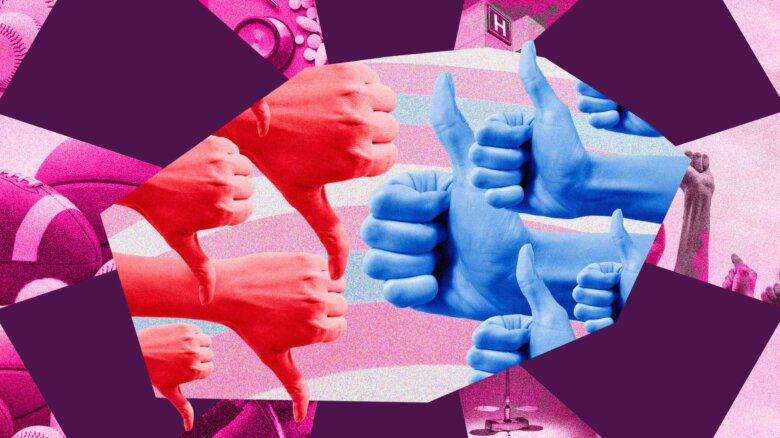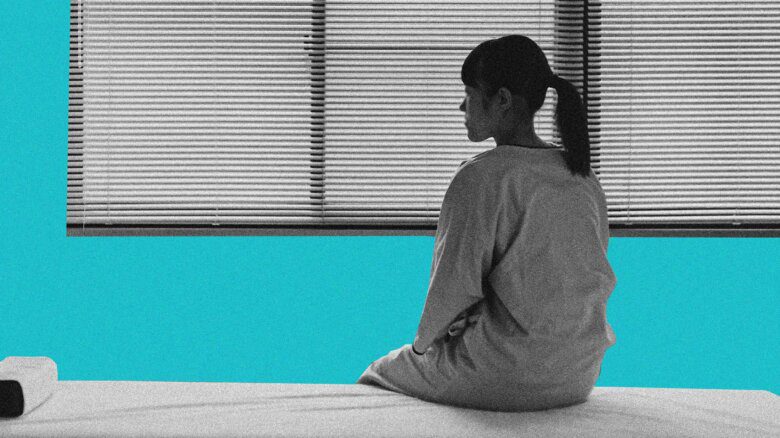Gay men earn 12 percent less than their heterosexual counterparts while lesbians earn 15 percent more than their straight peers, according to a study in the November issue of the Canadian Journal of Economics — the first of its kind.
“No one’s really looked at Canada, which is surprising given that Canada has a longer history of gay rights than the US,” says the paper’s author Christopher Carpenter, of the Paul Merage School of Business, University of California Irvine.
Carpenter says his conclusions are in line with similar studies conducted in the US and the UK, but adds little is known about the reasons for the apparent disparities. Carpenter suggests discrimination as one possible reason for gay men’s lower average incomes.
“A difficulty with that hypothesis is that lesbians are consistently found to be doing better [than straight women] so that’s hard to rationalize on its face,” says Carpenter.
“It’s also partly that they’re choosing different careers. [Other] research has pointed to that and the descriptive patterns in my research show very different career choices between gay men and straight men. That’s likely to account for some of the disparity.”
Gay men, he says, are more likely to work in sales and service-oriented jobs or in the fields of arts, culture and recreation, and less likely to work in transportation or manufacturing than straight men.
Even less is known about the reasons why lesbians are faring better than straight women in the labour market. “We have no good understanding of what’s going on there,” says Carpenter. “We do know that they’re much more likely to work and to work full-time than straight women.”
Jennifer Berdahl, an assistant professor at U of T’s Rotman School of Management, says that Carpenter’s findings suggest “a more egalitarian breadwinning status in the home” of same-sex couples.
“In traditional heterosexual couples the man is the primary breadwinner so that depresses women’s wages,” she says, “so when you have gays and lesbians with partners who might be earning closer to what they’re earning that lowers the need for income for gay men and increases it for lesbians.”
Carpenter’s study, however, did not test this hypothesis. “We need more information about what’s going on inside individual households, who’s doing the housework and what the division of labour is between husbands and wives or same-sex couples and I don’t have that information,” he says.
The study is based on data from the 2001, 2003 and 2005 Canadian Community Health Surveys (CCHS), the largest nationally representative population sample to include a direct question about sexual orientation. Some 120,000 people were surveyed in total, out of which 1,017 were gay men and 657 were lesbians.
Although lesbians were found to have higher average incomes than straight women, economist and out lesbian Lee Badgett from the University of Massachusetts points out that it’s not all good news for queer women.
“It’s really important to note that lesbians and heterosexual women still earn less than either heterosexual or gay men,” she says. “Their apparent advantage overplays the reality of it, which is that lesbians are treated the same way as women [in general] in the labour market.”
Carpenter’s study stops short of comparing the incomes of gay men and lesbians with one another.
Another notable omission from Carpenter’s study is information on the incomes of bisexuals. “Bisexuals are in there but they’re not separated into their own class,” says Carpenter. “Bisexuals are a very difficult group to get a handle on, in their patterns of labour force participation, education and location they’re a very heterogeneous group. It’s hard to say anything definitive about them…. [It’s] definitely an area future research needs to focus on.”
It is also hard to know how representative CCHS data is of queers in Canada. CCHS added the question about sexual orientation in 2003 and Badgett suggests it might be too soon to gauge the accuracy of responses.
“We’ve found in the US that the first time a study asks about sexual orientation they get a lower percentage of people saying that yes, they are gay or lesbian, than they do later on,” she says.
CCHS data indicates gay men and lesbians are more likely to be white and to live in urban centres, which likely says more about who was willing to out themselves in the survey than what Canada’s queer population really looks like.
“We need more large representative surveys to collect information about orientation,” Carpenter admits. “Until we can build that knowledge base we’re really hampered.”
 Why you can trust Xtra
Why you can trust Xtra


